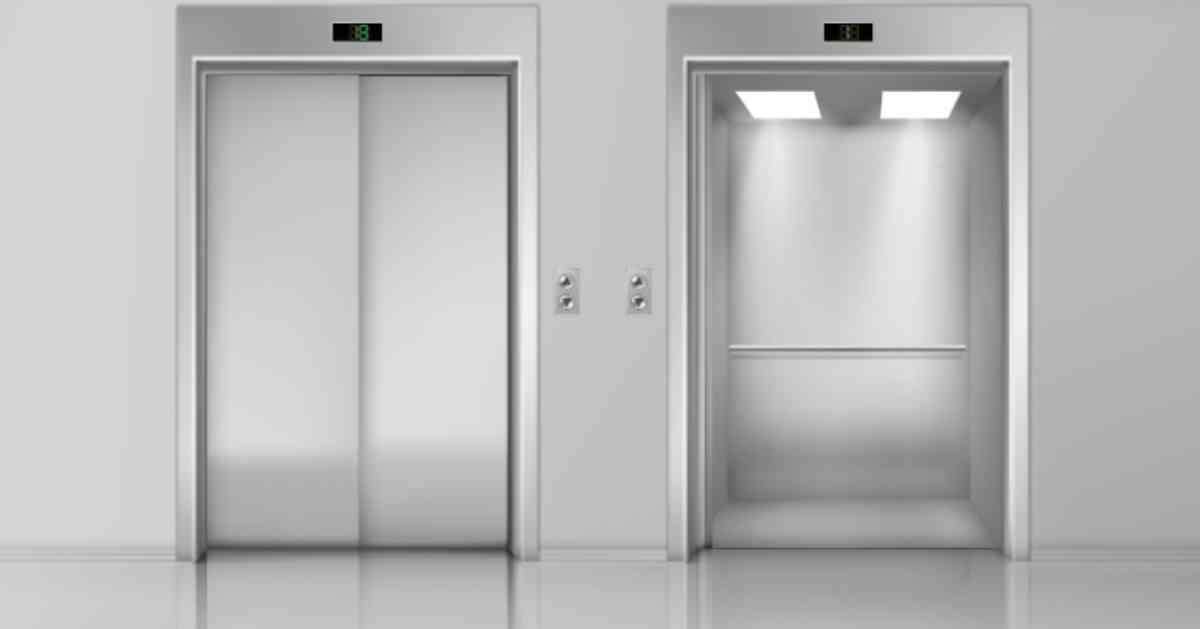Designing Inclusive Elevator: Creating Accessible, Welcoming Spaces

Elevator have evolved beyond being mere vertical passageways in buildings. They now serve as vital connections that bring together people with different abilities and provide access to various spaces. Designers are increasingly focused on creating inclusive environments inside elevators, ensuring they cater to a wide range of needs and promote equal accessibility.
The Importance of Inclusive Design
Inclusive elevator cab design goes beyond mere functionality. It ensures that spaces and products are accessible to everyone, regardless of their abilities. Elevators play a vital role in facilitating vertical movement, especially in office buildings, shopping centers, homes, and healthcare facilities. They act as vital gateways, enabling seamless navigation for all.
Innovations for Enhanced Accessibility
Modern technology has introduced features that enhance accessibility and user experience. Spacious cabins, tactile buttons with Braille labels, and clear audio announcements cater to individuals with mobility impairments. Additionally, smart features like destination dispatch systems and predictive maintenance optimize performance, minimizing wait times and improving overall accessibility.
Embracing Universal Design Principles
Universal design principles guide inclusive elevator design by emphasizing the creation of environments that accommodate diverse needs. Intuitive control panels, clear signage, non-slip flooring, and adjustable handrails are examples of features that promote inclusivity and user independence. By integrating these principles, elevators become user-friendly spaces for everyone.
Building a Culture of Accessibility
Building an inclusive environment goes beyond just designing accessible elevators. It involves creating a culture of inclusivity within our built spaces. Architects, designers, and building managers have important roles in promoting accessibility initiatives and advocating for the rights of people with disabilities. By prioritizing accessibility from the beginning, stakeholders can identify and overcome obstacles, creating environments that embrace diversity and inclusion.
Diverse Perspectives in Design
Diversity and innovation drive modern elevator design. By incorporating diverse perspectives and leveraging cutting-edge technologies, designers can push boundaries and create unique expressions within each building. Elevators become canvases for creativity, reflecting the building’s identity while celebrating diversity. This allows architects to create spaces that resonate with users, fostering connections and belonging within the built environment.
Beyond Physical Accessibility
Accessibility goes beyond just wider doors and ramps. Think about how your elevator experience feels for everyone. Clear controls with easy-to-read instructions avoid confusion, especially for people who process information differently. Signs and announcements in multiple languages make everyone feel welcome. Keeping the ride smooth and predictable helps people who are sensitive to movement. These small things add up to a big difference in comfort and inclusion.
Opening Doors to Opportunity
Ensuring elevators are accessible goes beyond mere adherence to regulations or aesthetics; it entails fostering a beneficial ripple effect. Picture a wheelchair user effortlessly navigating between office levels or an elderly individual confidently maneuvering through a shopping center. Accessible elevators not only grant access to physical environments but also pave the way for opportunities, active involvement, and a sense of belonging. They send a clear message: everyone is valued and welcome here.
Designing with inclusivity in mind is not just a passing fad; it’s an ethical obligation. Elevators play a vital role in connecting people and providing access to various opportunities within buildings. By embracing inclusive design principles and advocating for accessibility, those involved can create elevator experiences that truly embrace the diverse range of individuals in our society. Elevators then become more than just practical tools; they become symbols of inclusivity, promoting connections and empowering people of all abilities to navigate the world with respect and autonomy.
Ditch the stuffy boxes. Instead, imagine elevators as bridges, connecting everyone to opportunities and belonging. Diverse voices, accessibility first, and celebrating each other – that’s how we design elevators that power everyone to move freely. Let’s build a future where wheels roll alongside feet, not as an obstacle but as a path to connection and endless possibilities.





